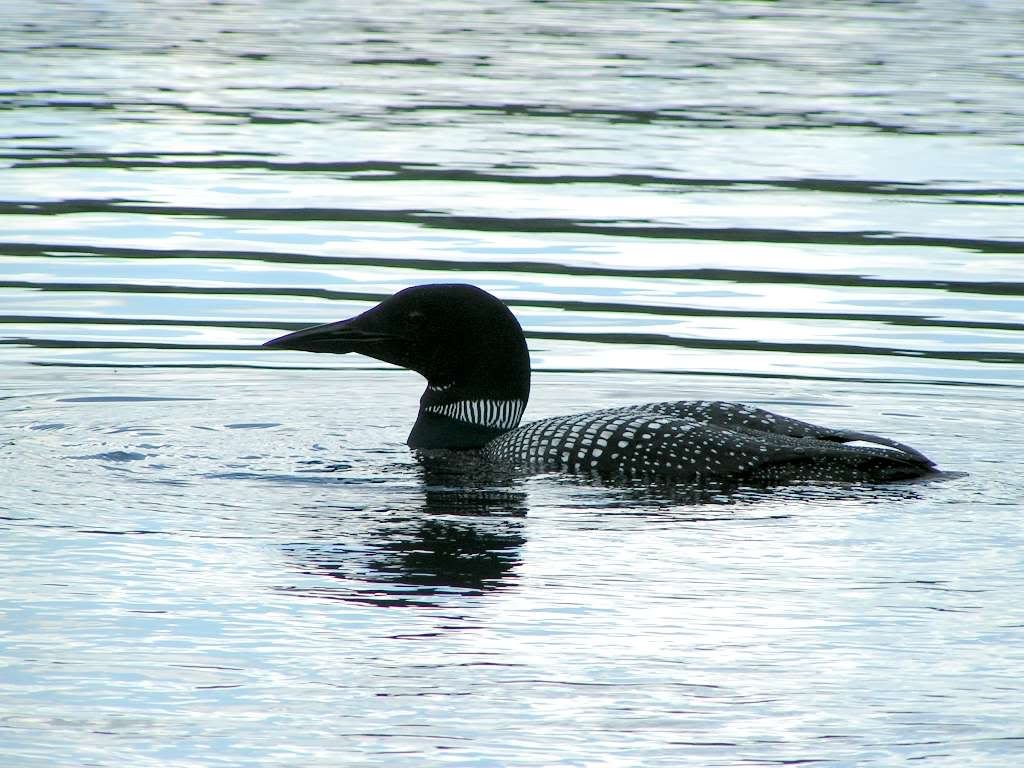 I hate to say it, but... actually I love to say "I told you so." Sorry!
I hate to say it, but... actually I love to say "I told you so." Sorry!Last weekend was supposed to be warm and sunny, both days, in southern Ontario. Instead, our cars got a pretty decent wash.
When I was pier fishing, I remember that there was a lot of pessimism among my local interlocutors with regards to the weather: "long range forecast isn't calling for rain for the next two weeks." In salmonid fishing circles, this is bad news because it means river flows won't be high enough or cool enough to entice fish closer or into streams.
But I had read an article in Ontario out of Doors , years and years ago (so I have no idea in which issue it was, or who wrote it) about watching clouds to predict rainfall; and I could have sworn, as I sat listening to that rant about blue Prince Crafts, that a weather change for the "better" was on the way. I had been watching the clouds, and it seemed to me that rain was definitely the forecast. But I'm not the weather channel, so I shut up about it at the time. And yet as it turned out, I was right. Good for me. Here's a cookie, me! Yay!
It's quite simple: if you see cirrus clouds, really high whispy & almost diaphanous clouds, a weather change is imminent. This is because cirrus clouds are moving in ahead of a front. Now, a front can be good or bad, but if the cirrus clouds are followed by altocumulus clouds (see photo caption above), it usually means rain is on the way. I found more confirmation of this at the Physical Geography.net website, along with other formation combinations that lead to precipitation. It's actually a neat site that explains a lot more about cloud formations, as well as air masses, with links to definitions for most of the cryptic scientific terms it uses.
This is not to say that we should never trust the weather people. It's just more proof that independent observation often yields a truer outlook than anything offered by large associations, and it's always a good idea to keep your own wits about you!
p.-

